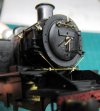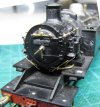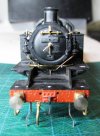oldravendale
Western Thunderer
Thanks Dave.
Apologies again for the swerve!
If this continues let's open a new thread, chaps.
Brian
Apologies again for the swerve!
If this continues let's open a new thread, chaps.
Brian
Brian. The subject matter does seem to have only a rather tenuous connection to the thread headline, so if it is to continue, it might be preferable to start a new thread?
Dave.
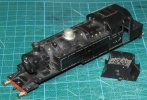
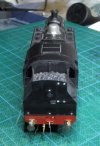
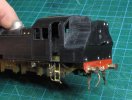
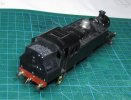
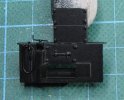
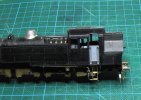
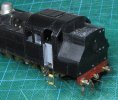
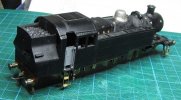
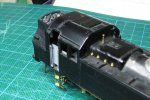
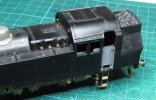
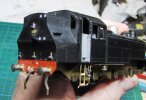
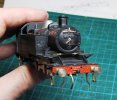
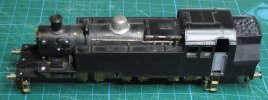
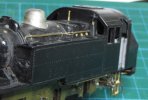
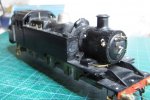
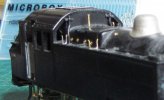
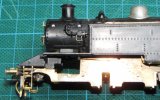
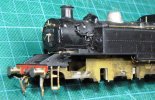
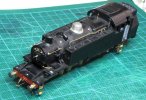
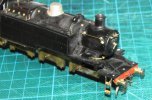
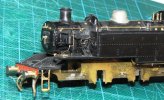
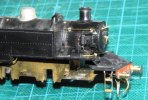
Jack.
The steam heat pipes on this model are commercial cast brass items and I am hoping to be able to use modified castings for the four vacuum hoses (two normal brake hoses plus two VCR push-pull hoses). Most of my other locos are modelled with the steam heat hoses removed (for summer) with just the hard pipe and shut-off cock with oval flange. Where I've found it necessary to make my own, they have a brass wire core, 0.7 mm for vacuum and 0.5 mm for steam heat, tightly wrapped with thin wire, then flooded with solder, to represent the hose. In the past I used 0.2 mm fuse wire but would probably use smaller brass wire in the future. Hose end clips are represented by extra windings at the hose ends.
